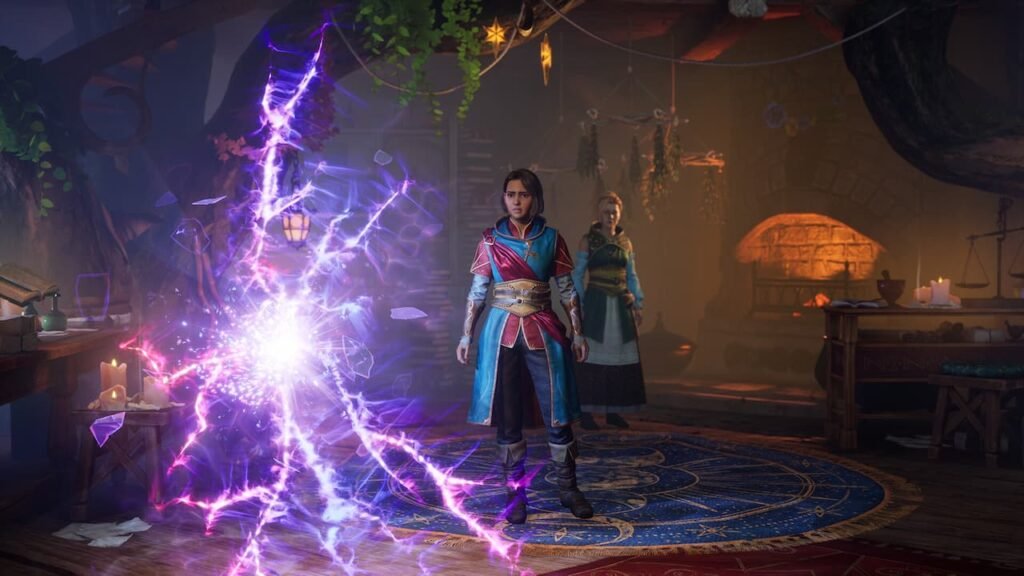Split Fiction is out for PCs, and by extension all handheld gaming PCs. This naturally includes popular options such as the Steam Deck and ROG Ally, and the game is thankfully well optimized enough to run on the handhelds.
The Steam Deck in particular, can run Split Fiction quite well, ensuring that players can play the co-op title on the go with relatively low issues with performance and/or game stability. However, by tweaking certain settings, it is possible to get much more stability in frame rates, which can be found detailed below.
Optimized Split Fiction Steam Deck settings

In-game settings
- Window Mode: Borderless Windowed
- Resolution: 1280×800; native Steam Deck resolution
- Anti-Aliasing: FSR 3.1
- Resolution Scale: 100%/leave unchanged
- Upscaling Mode: Performance; drop down to Ultra Performance if you want even greater FPS
- V-Sync: Off; always keep disabled
- Framerate: 60 FPS; can be capped to 60+ FPS if you have a Steam Deck OLED
- Texture Quality: Medium
- Shadow Quality: Low
- Detail Level: Low
- Effects Quality: Low
- Shader Quality: Low
- Anisotropic Quality: 4x; leave at 4x
- Post Processing Quality: Low
- Gamma: 0; user preference
- HDR: Off; enable if you have a Steam Deck OLED only
Steam Deck specific settings
- Frame Rate Limit: 60
- TDP: 15 W
- Battery Drain: 25-20 W
Expect a play time of about 2 hours on the original Steam Deck, with roughly double (4+ hours) on the Steam Deck OLED. The Steam Deck OLED also comes equipped with a superior 90 Hz OLED display which makes the game look and feel a lot better.
Regardless, the combination of settings listed above should allow for the Steam Deck to easily hit upwards of 60 frames per second in Split Fiction, with the occasional dip into the mid 50s from time to time.
Overall, the game runs quite well with little to no stuttering thanks to its decent optimization.
